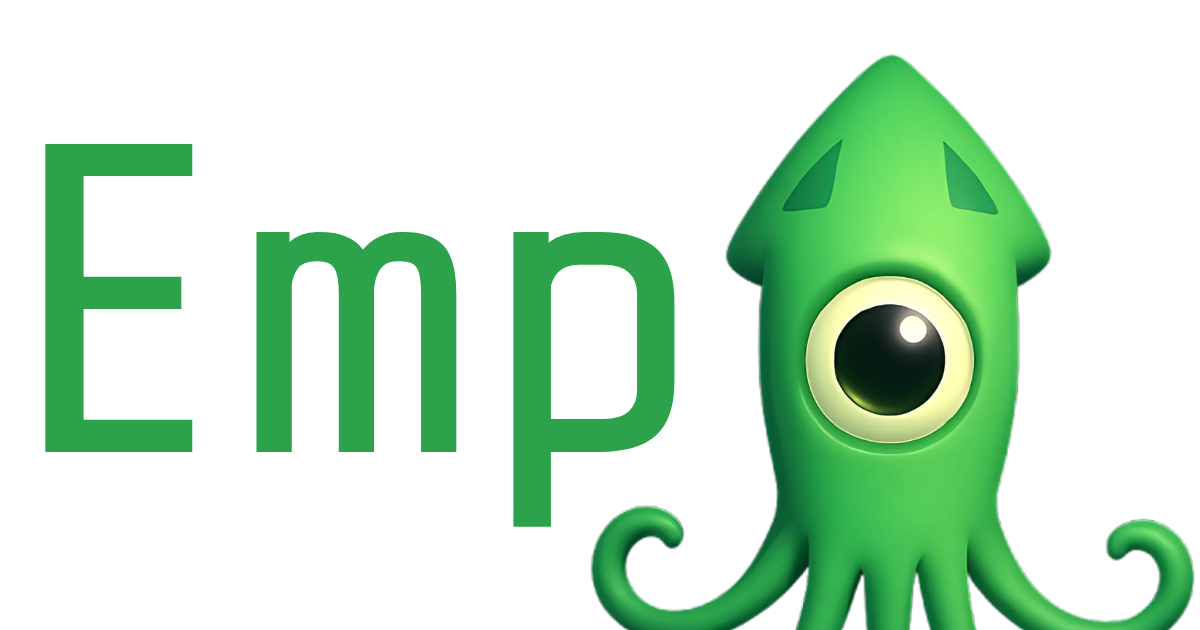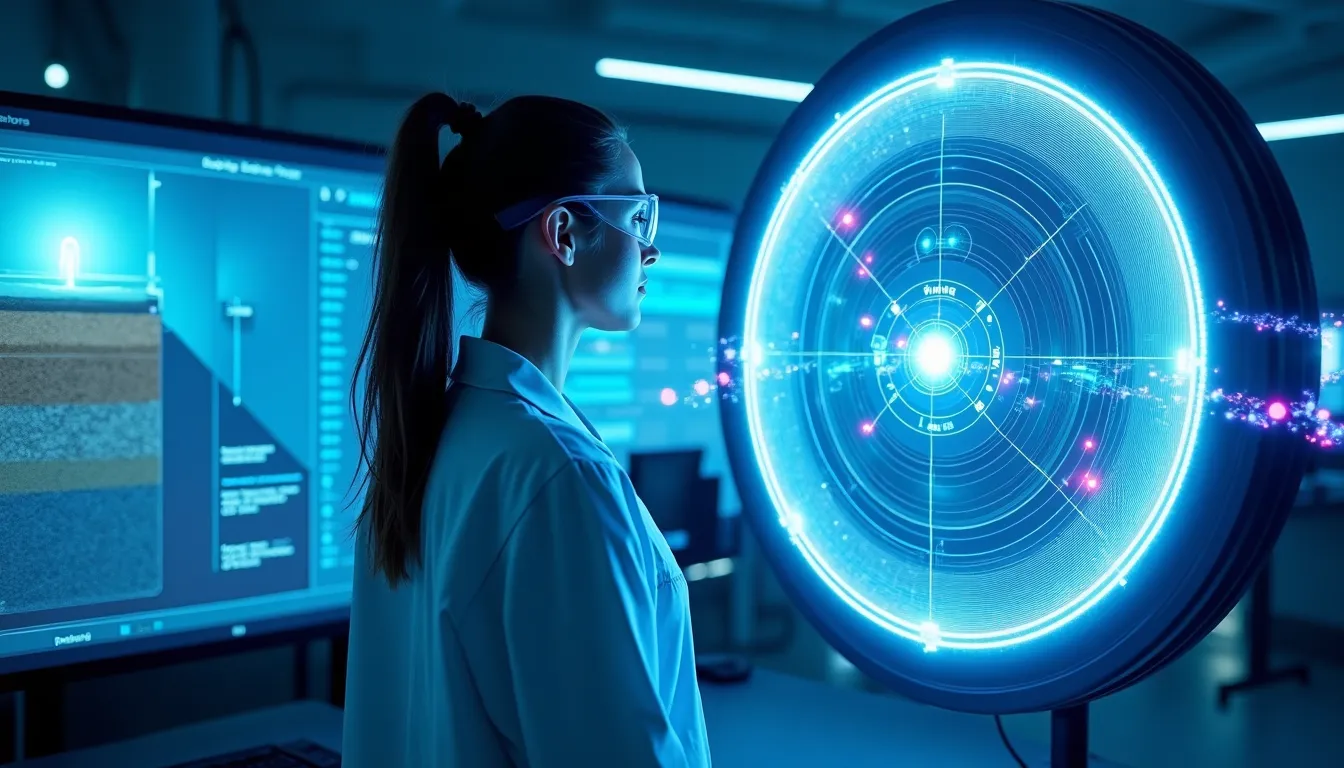Imagine a pocket sized detector that peers beneath the earth with a clarity once reserved for metropolises of steel. The promise is real: quantum sensing that can image buried objects with practical reach. A quantum radar built around Rydberg atoms in a cesium glass cell listens for reflected radio waves and translates faint signals into usable underground images. Unlike traditional radars, it uses frequency bands that can adapt without swapping hardware. The work from NIST and RTX collaborations shows a path from laboratory curiosity to field ready tools. The core idea hinges on Rydberg atoms that swell to enormous effective sizes, letting a single small device capture a wide range of radio frequencies. In early tests, researchers mapped copper pipes and rods to centimeter precision at distances of a few meters, hinting at an economic advantage for utilities and exploration. Michał Parniak and Matthew Simons have helped refine error correction to boost robustness, while Sophia Chen points to the broader ripple for archaeology and drilling. This technology is still a prototype, but the commercial momentum is undeniable as the radar moves toward compact form factors and field demonstrations. In the insight section we will unpack how this quantum radar could transform underground imaging for utilities, drilling, and archaeology.
At its core this opportunity rests on the physics of Rydberg atoms. When cesium atoms in a glass cell are excited by lasers, they reach Rydberg states with exaggerated electromagnetic responses.
This quantum radar leverages Rydberg atoms, cesium atoms, and a glass cell to operate as a quantum sensor for underground imaging across diverse radio waves and frequency bands.
A centimeter scale glass cell containing a warm cloud of cesium or other atoms becomes a tunable, highly non linear sensor for radio waves.
The key is that the Rydberg atoms couple to the incident field and to the reflected signal, allowing detection of reflected radio waves without relying on a large antenna.
Because the Rydberg resonance responds across a broad frequency range, the same hardware can operate across multiple frequency bands simply by adjusting the laser and microwave drive, enabling multi band operation without changing hardware.
This capacity supports compact, versatile underground imaging: a small glass cell housed in a portable package can gather information about buried pipes, voids, or ore bodies with centimeter level resolution at meters of range.
In practice this complements traditional radar by providing a quantum sensing modality that can be paired with conventional RF radars for improved sensitivity in cluttered environments.
Framed as a practical sensing deployment, this approach sits at the intersection of quantum sensing and field ready devices, bridging laboratory physics and real world utility.
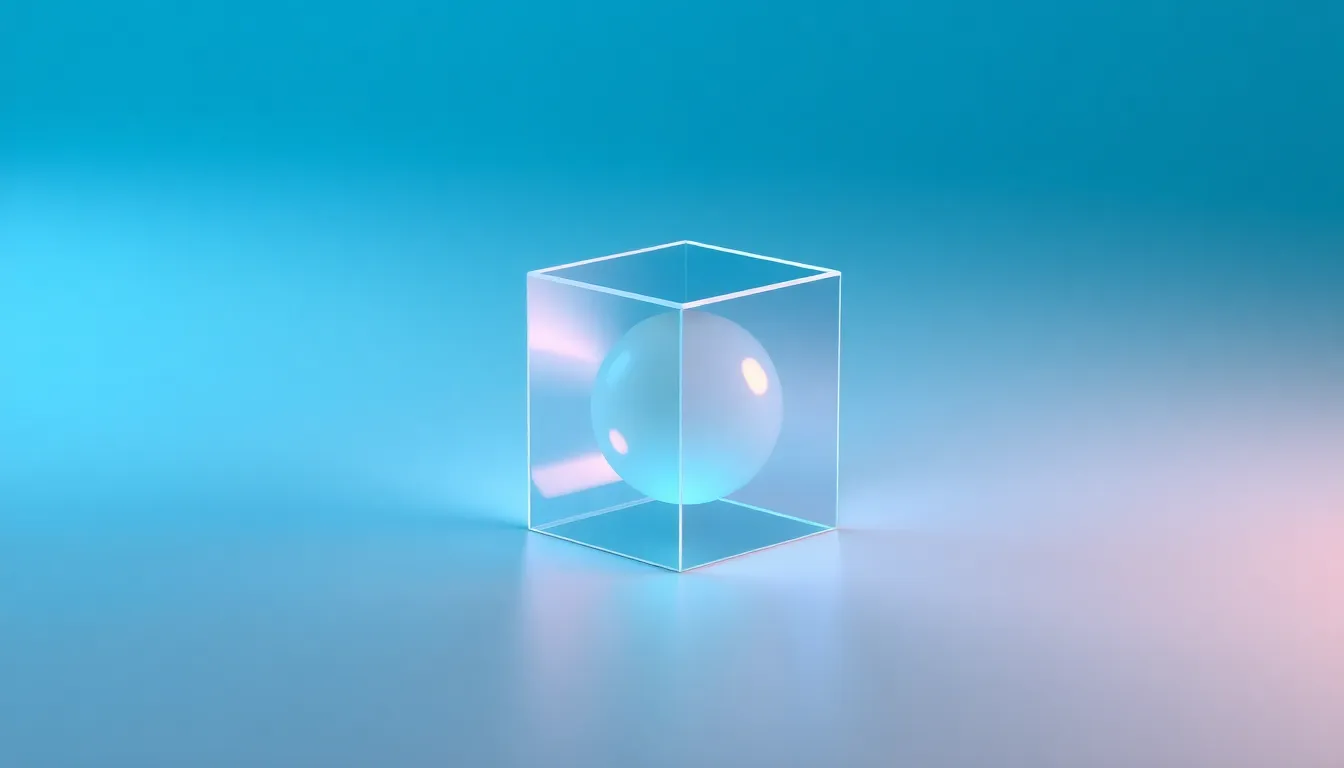
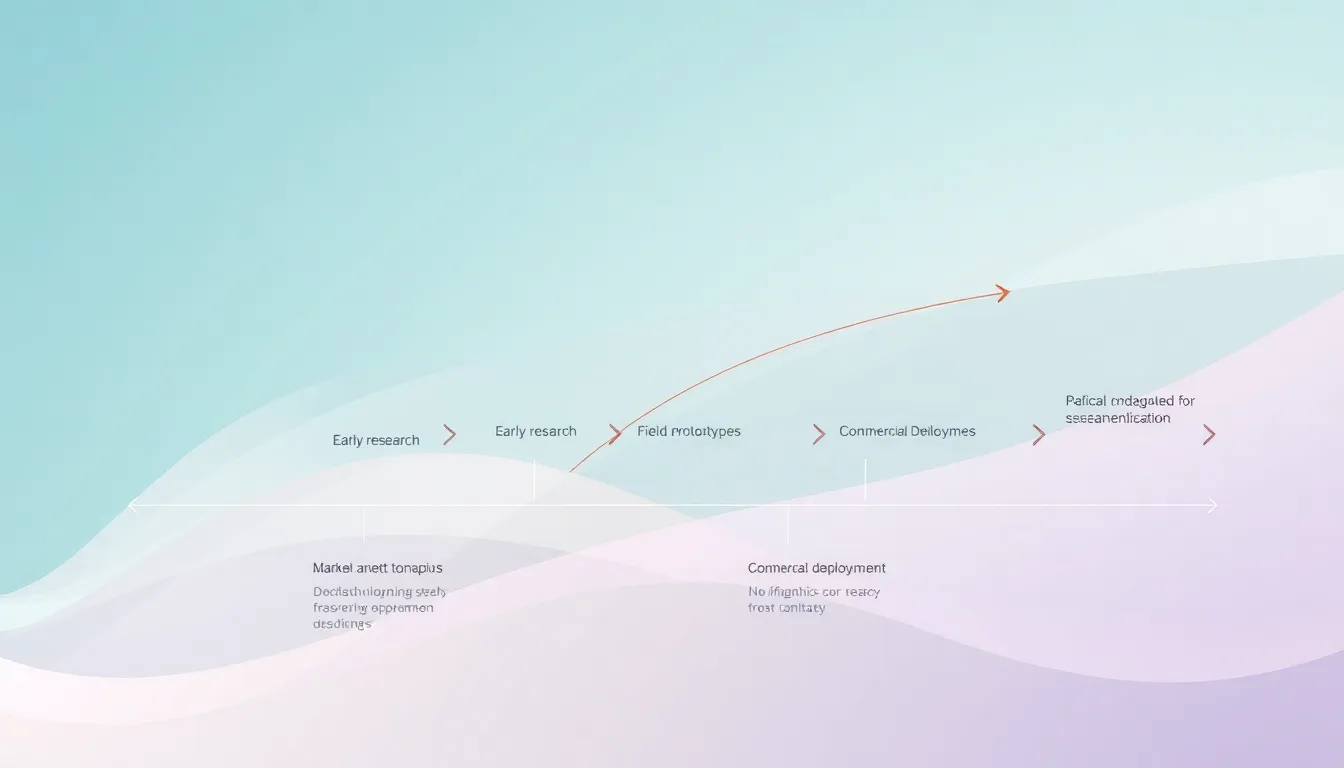
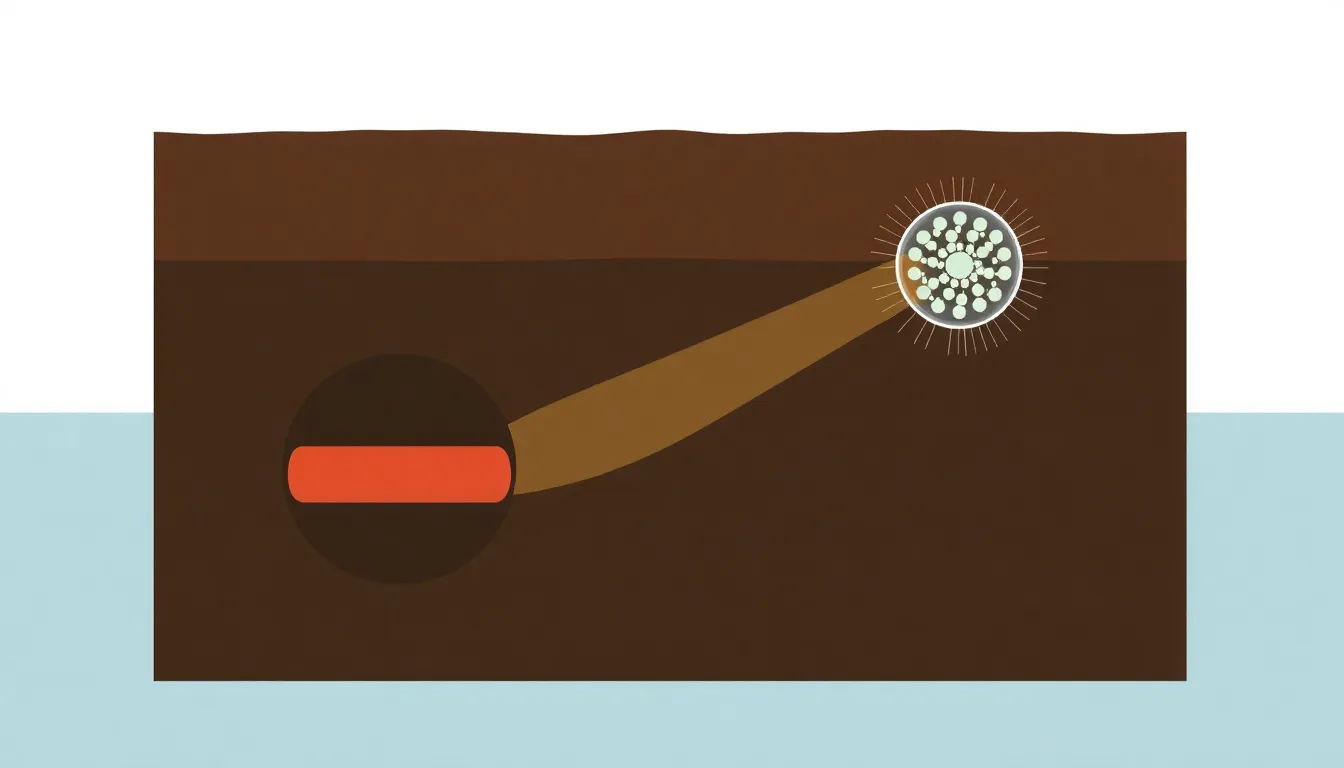
Evidence reinforces the business case for quantum sensing as a practical tool for underground imaging. The current effort, a collaboration between NIST and defense contractor RTX, sits firmly in prototype territory rather than a market product. In testing, the radar system used a cloud of cesium atoms inside a glass cell to detect reflected radio waves, achieving centimeter scale resolution at distances up to five meters. The device located copper pipes, a steel rod, and other buried targets with an accuracy of 4.7 centimeters. The team posted a paper on arXiv in late June, highlighting rigorous premarket research and peer engagement. Michał Parniak and Matthew Simons led technical refinements, while Sophia Chen helped frame the broader application context. The approach relies on a Rydberg atom based sensor, enabling multi band operation without changing hardware and pointing to a path toward compact field demonstrations that utilities, drilling operators, and archaeologists may value. The current incarnation is bulky and connected to components on an optical table, underscoring that commercialization will require further engineering before widespread adoption. This work centers on the quantum radar concept. As one researcher notes, “Instead of having this sizable metal structure to receive the signal, we now can use this small glass cell of atoms that can be about a centimeter in size.”
| Specification | Quantum radar prototype | Traditional radar |
|---|---|---|
| Form factor/size | Centimeter scale glass cell containing cesium atoms; compact sensor | Bulky installations with large antennas and support hardware |
| Operating frequency bands | Multi band capability; Rydberg atom based sensor responds across broad frequencies; adjustable via laser and microwave drive | Fixed bands defined by hardware; multi band via multiple transceivers |
| Range and resolution | Tested range up to five meters; resolution 4.7 centimeters | Typical radar ranges from meters to kilometers depending on system; resolution depends on wavelength and aperture |
| Power and infrastructure requirements | Bulky lab setup requiring lasers, optical table components, and electronics; not yet field ready | Requires standard radar power, cooling, and infrastructure; field deployable depending on system |
| Deployment flexibility | Potential for underground imaging, utilities, archaeology; compact form favors field tests | Conventional radars suited for above ground or specialized tasks; less flexible for underground imaging |
| Status | Prototype | Production |
| Notes | Main keyword quantum radar; Related keywords include Rydberg atoms, cesium atoms, glass cell, underground imaging, NIST, RTX; Named entities Michał Parniak, Matthew Simons referenced in development context | Main keyword quantum radar; Related keywords include Rydberg atoms, cesium atoms, glass cell, underground imaging, NIST, RTX; Named entities Michał Parniak, Matthew Simons referenced in development context |
|---|---|---|
Looking to unlock a sizable commercial opportunity, a compact quantum radar based buried object imaging platform could monetize across three markets: underground utilities, drilling, and archaeology.
The core asset is the quantum radar built around a Rydberg atom based sensor in a small glass cell, enabling multi band operation across broad frequency bands, and the ability to adapt without hardware swaps.
Revenue will flow from sensor as a service arrangements where operators pay for access to the device, field ready software analytics, and remote monitoring; hardware licensing for manufacturers or service providers who embed the sensor into their own tools; and data analytics services that fuse radar returns with soil moisture radar readings and other geophysical data to produce actionable maps of pipes, voids, or artifact locations.
Near term milestones include delivering a field tested handheld or backpack sized unit, achieving robust performance in cluttered soil, partnering with utility and drilling operators, and establishing manufacturing supply chains and service agreements.
Partnerships with NIST to validate performance and RTX to align with defense and commercial programs can reduce risk in adoption and open doors to government investments.
A compact, multi band device could slide into existing workflows by augmenting conventional underground utility locating and ground penetrating radar with quantum sensing outputs, enabling faster decisions and reduced excavation risk.
Remaining hurdles include scaling, cost, calibration, and environmental resilience.
Regulatory and risk considerations for commercializing quantum radar span regimes as governments balance security with civilian access. Given significant government investments in quantum sensors and cross cutting developments, regulators may craft export controls, dual use classifications, and technology transfer rules that influence sensing capabilities. Firms should anticipate security and defense controls, and align with end user screening, reporting obligations, and transparent supply chains. In practice the strategy aligns with related keywords such as Rydberg atoms, cesium atoms, glass cell, underground imaging, and soil moisture radar. Privacy and soil environment concerns arise as underground imaging touches critical infrastructure; data governance, privacy protections for residents, and environmental impact assessments will be essential in field trials. Coatings and device reliability require standards for materials, thermal and mechanical resilience, and field qualification across varied soils and moisture conditions. The collaboration between Michał Parniak, Matthew Simons, and Sophia Chen with NIST and RTX illustrates risk aware development prioritizing traceability, validation, and compliance, and highlights that commercialization hinges on safety and regulatory alignment. Companies should implement proactive risk mitigation including export controls diligence, supply chain risk assessments, independent safety reviews, and stakeholder engagement to navigate evolving regimes and accelerate the quantum radar path to market while preserving public trust for responsible deployment and ongoing audit of outcomes.
Overview
To commercialize the quantum radar for buried object imaging, the go to market plan centers on a compact field ready sensor built around Rydberg atoms in a cesium glass cell. The core value is actionable underground imaging for utilities, drilling operators, and archaeology. Messaging will lean on the main keyword quantum radar and tie in related keywords such as Rydberg atoms, cesium atoms, glass cell, underground imaging, and soil moisture radar. The ecosystem will hinge on strategic collaboration with NIST for validation, RTX for defense and civil programs, and early customers including utilities and oil and gas operators who shape workflow requirements. Archaeological firms will help define non destructive excavation workflows. Drawing on insights from Michał Parniak, Matthew Simons and Sophia Chen, we see a credible path from laboratory curiosity to field ready capabilities.
IP and strategy
IP and strategy: pursue core patents around the multi band quantum radar concept and the Rydberg based sensor, while protecting calibration software and data analytics as trade secrets. Conduct a freedom to operate assessment with pivotal partners and plan licensing terms for OEMs and service providers. The goal is to create a lean, auditable IP stack that accelerates adoption while preserving competitive advantage.
Rollout plan 12 to 24 months
- 0 to 6 months establish MOUs with NIST and RTX and begin joint field proofs with a utility partner.
- 6 to 12 months run pilots with oil and gas operators and archaeological firms, refine hardware for field conditions.
- 12 to 18 months engage regulators and start regional pilots to demonstrate privacy and safety compliance.
- 18 to 24 months scale manufacturing, finalize pricing and service enablement, and expand to additional regions.
Pricing and service models
Sensor as a service charges monthly access to the device plus software analytics and remote monitoring; hardware licensing offers partners a route to embed the sensor into their tools; data analytics services fuse radar returns with soil moisture radar to create actionable maps of pipes voids and artifact locations. Support includes 24/7 remote support, on site field service, calibration, firmware updates and spare parts through a service network.
Conclusion and strategic takeaway: Quantum sensing has commercial potential through a compact multi band quantum radar designed for buried object imaging, bridging laboratory physics and field ready tools. The pragmatic path to deployment rests on partnerships and phased milestones rather than a single breakthrough. Governments are already investing heavily in quantum technologies, and cross cutting developments in materials, control electronics, and data analytics are accelerating readiness for real world use. The core idea remains simple: a centimeter scale glass cell with a cloud of Rydberg cesium atoms can listen across multiple radio frequency bands, enabling underground imaging in utilities, drilling, and archaeology without swapping hardware for each band. This multi band capability reduces system complexity while expanding market reach, and it aligns with utility and defense programs that prize compact form factors and robust field performance. The story hinges on a collaborative ecosystem that includes research labs, test beds, regulators, and early customers who shape requirements and validate performance. Milestones should proceed in tangible steps such as field proofs, pilot deployments, supply chain qualification, and clear go to market terms with sensor as a service and licensing models. To stay engaged readers can follow industry consortia, contribute to open data and software efforts, attend relevant conferences, and reach out to the research teams to explore opportunities for advancing quantum radar for buried object imaging.
Thank you for reading. If quantum sensing and quantum radar excite you, follow updates on our channel for ongoing developments, field demonstrations, and new partner successes. We will publish periodic briefs on breakthroughs, pilots, and regulatory milestones as this technology moves from lab benches to real world use.
Next steps for practitioners and researchers
- Utilities and infrastructure operators: explore pilot programs to test underground imaging in safe, controlled deployments.
- Archaeology and exploration firms: consider non destructive excavation workflows that preserve artifacts while mapping subsurface features.
- Regulators and funders: watch for standardization efforts, export controls, and safety guidelines that shape field adoption.
How to stay involved
- Subscribe to our updates or newsletter to receive briefings on regulatory changes, technical deep dives, and business model innovations.
- Engage with the research teams led by NIST and RTX to learn about validation steps, data analytics, and field readiness.
- Share use cases and feedback to help tailor sensors, software, and services.
Future topics we plan to cover
- Regulatory and policy developments surrounding quantum sensors, export controls, and dual use concerns.
- Technical deep dives into multi band operation, Rydberg atom physics, and error correction techniques introduced by Parniak and Simons.
- Business model innovations including sensor as a service, licensing strategies, and data fusion with soil moisture radar.
SEO notes:
Main keyword: quantum radar
Related keywords: Rydberg atoms, cesium atoms, glass cell, underground imaging, soil moisture radar, NIST, RTX, Michał Parniak, Matthew Simons, Sophia Chen
